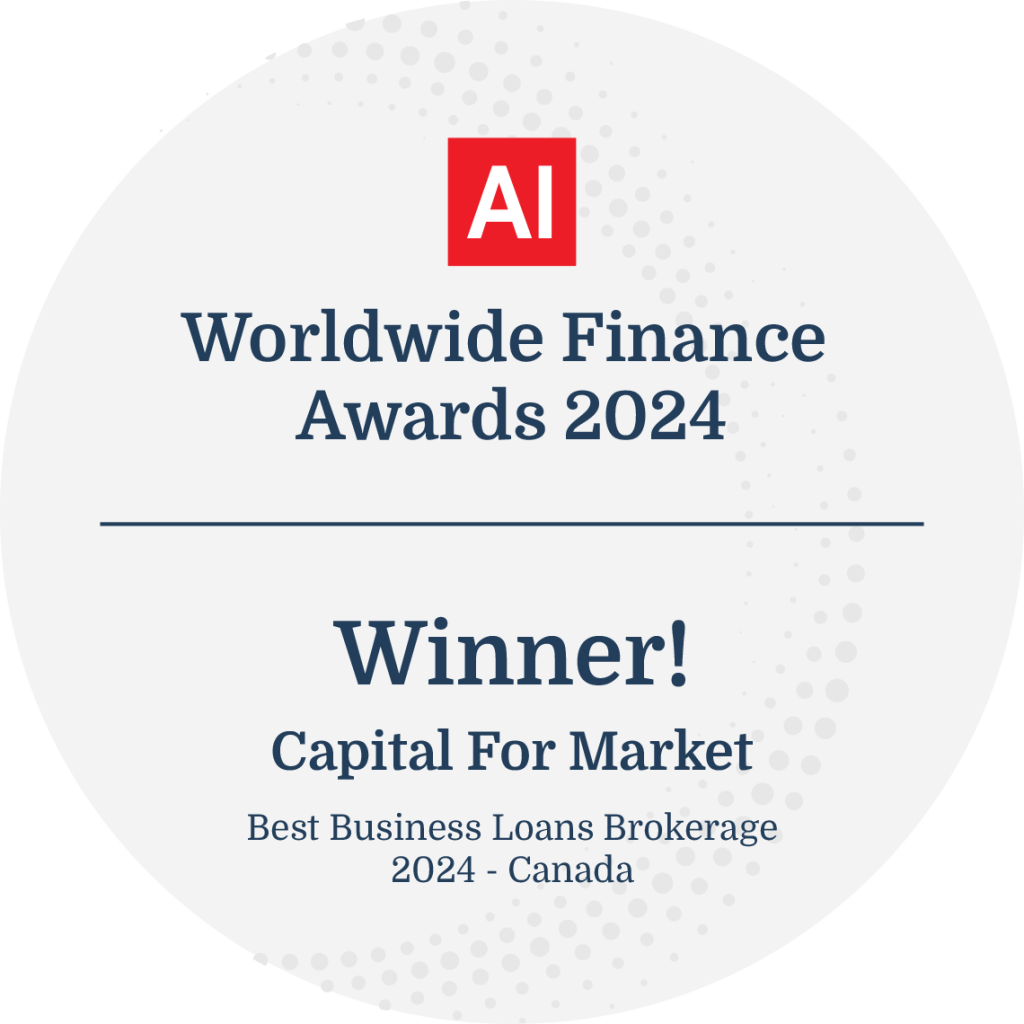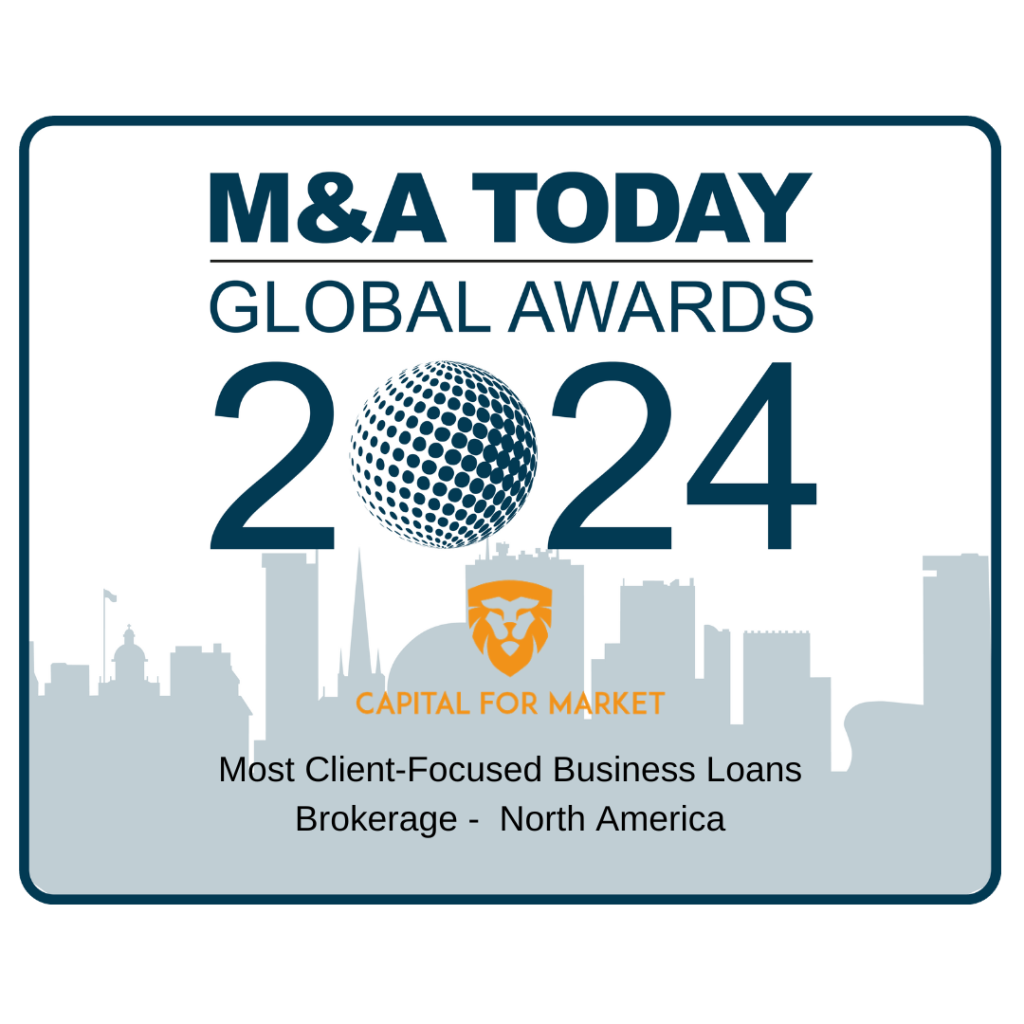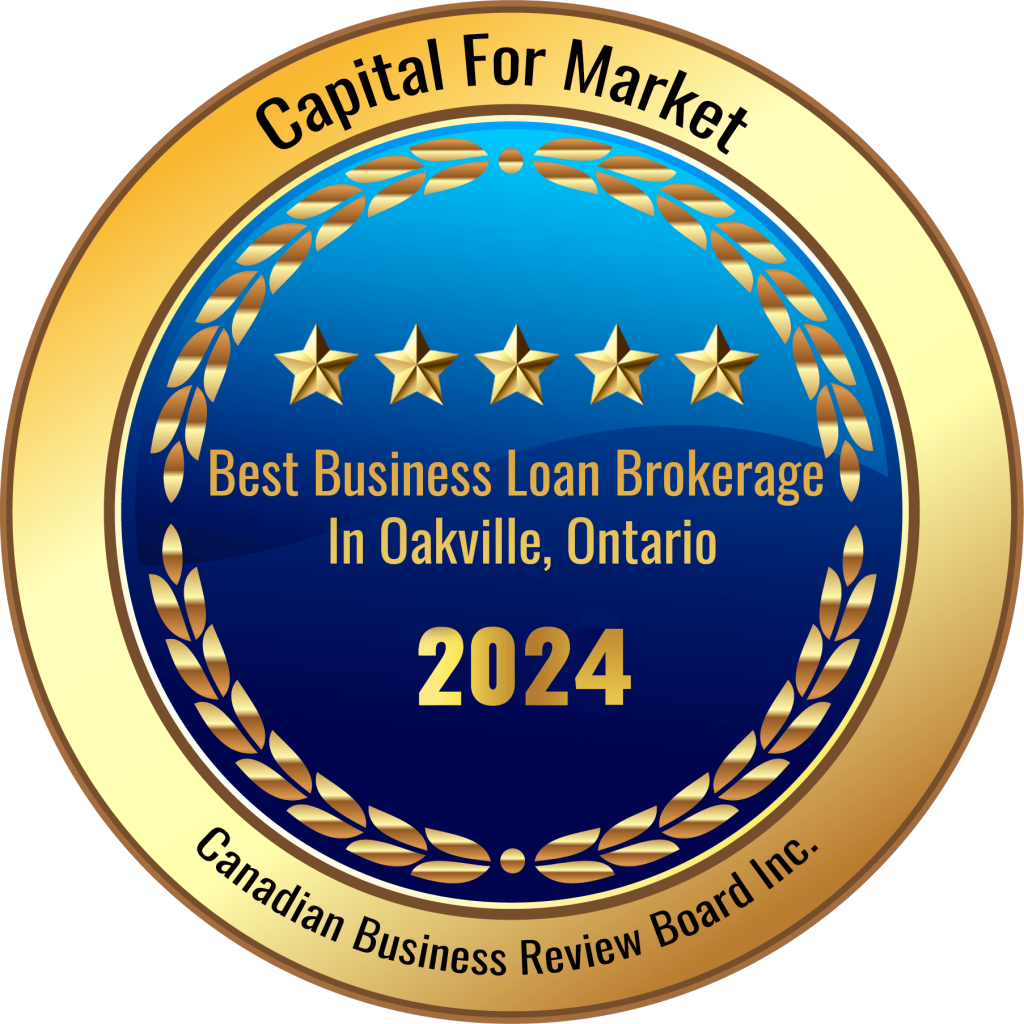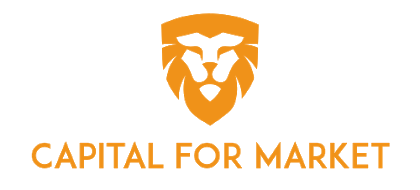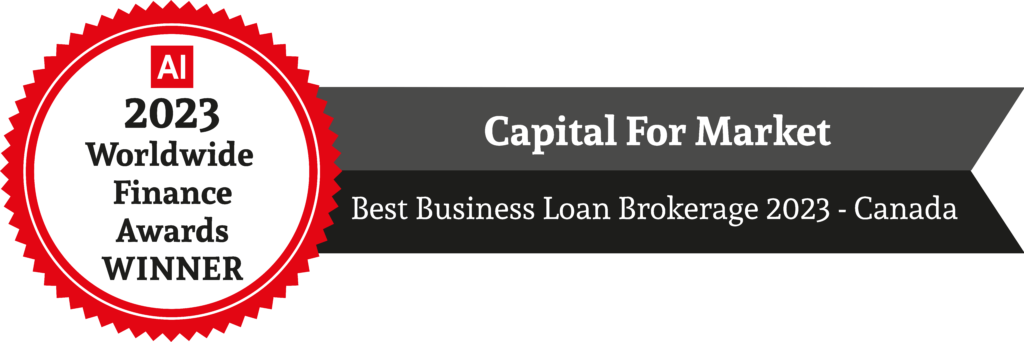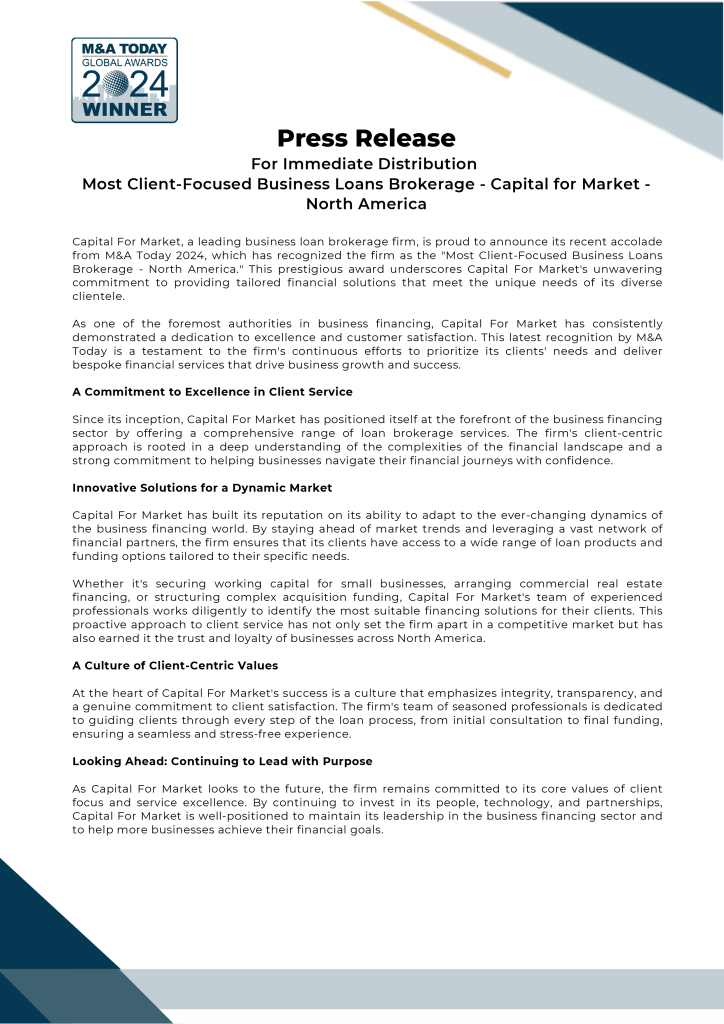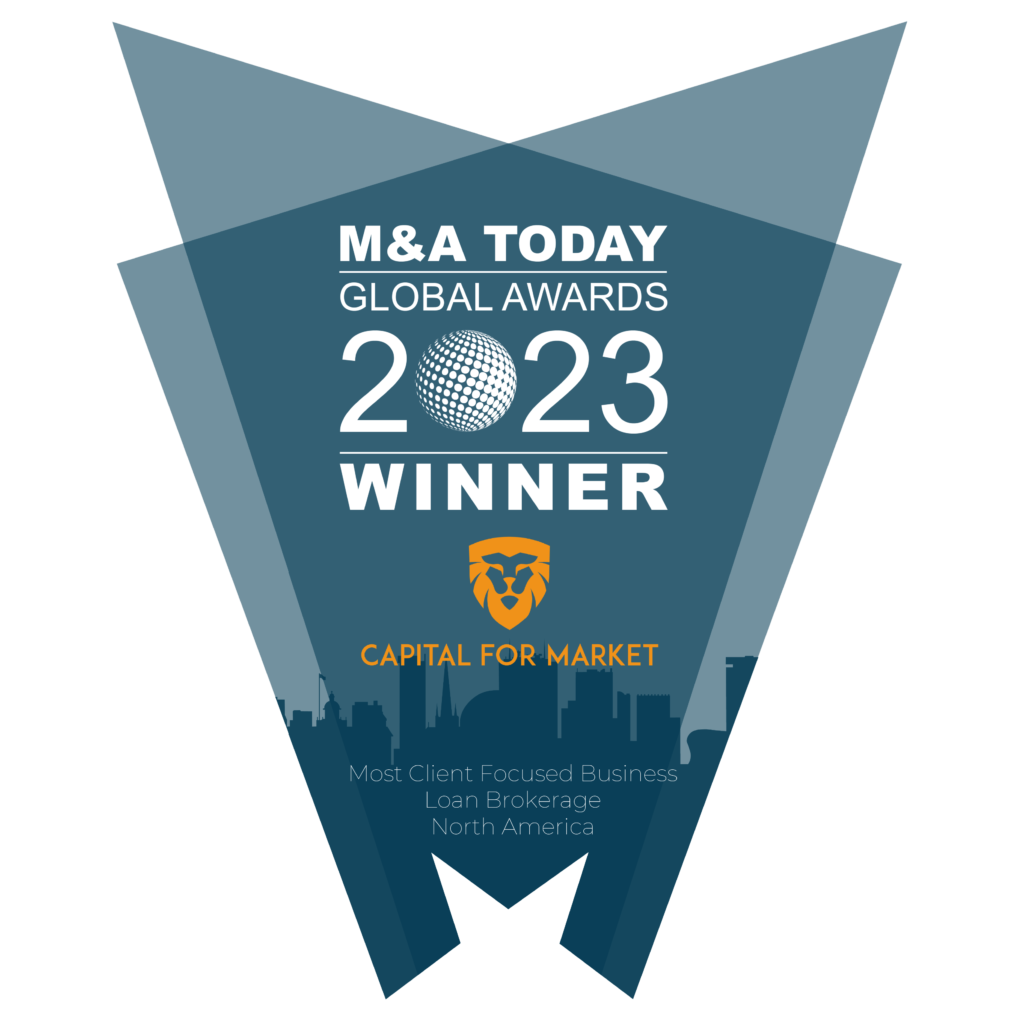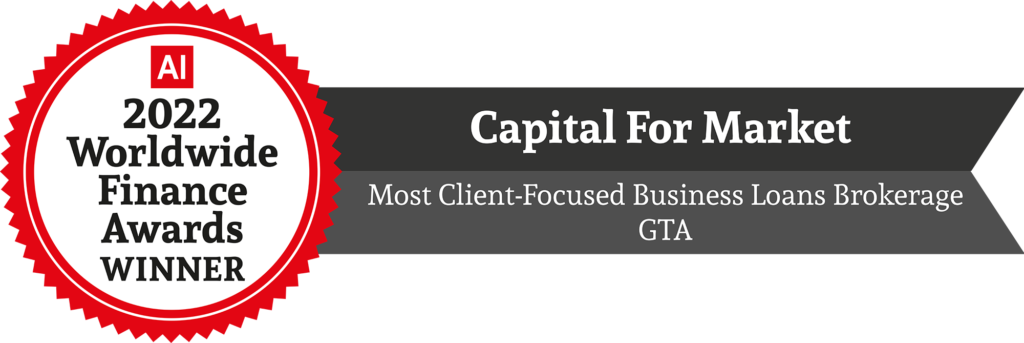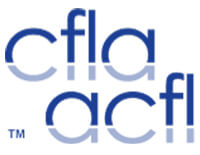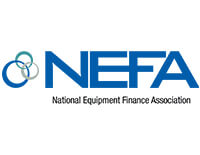Running a small or medium-sized business in Canada comes with its fair share of challenges, and having the right financing can often be the key to overcoming them. Whether you’re looking to grow, purchase essential equipment, or manage cash flow, a Canadian small business loan can be the financial tool that helps you reach your goals.
But with various options available, choosing the right loan can feel overwhelming. In this guide, we’ll break down the essentials of secured and unsecured loans, provide practical tips, and explore real-life scenarios to help you decide which option is best for your business.
Why Canadian Small Business Loans Matter
Securing the right funding is a vital step toward sustaining and growing your business. From expanding your operations to managing daily expenses, the right loan can offer the flexibility and support your business needs to thrive.
Let’s explore how secured and unsecured loans differ and how each can serve your business needs.
Secured Loans and Asset-Based Lending: Leveraging Your Assets
If you own assets such as equipment, inventory, or property, a secured loan might be the most beneficial option. A secured loan allows you to use those assets as collateral, reducing the lender’s risk and often providing more favorable interest rates. This type of loan can be a great choice for businesses that have tangible assets but may need additional cash flow to grow or manage operations.
Scenario: Leveraging Assets to Grow
Imagine Ben, who runs a construction company. Ben has valuable equipment but needs additional funding to expand his business. Instead of liquidating assets or tapping into his cash reserves, Ben opts for a secured loan. By using his equipment as collateral, he secures a lower interest rate and gets the funding needed for growth, without disrupting his daily operations.
Secured loans can work well for businesses like Ben’s, where capital is tied up in assets, but there’s a need for cash flow to seize growth opportunities.
Unsecured Loans: Fast and Flexible Funding
Not every business has significant assets to use as collateral, and that’s where unsecured loans come into play. These loans don’t require any assets to back them, making them an excellent option for startups, freelancers, or businesses looking for quick, flexible funding.
While unsecured loans typically have slightly higher interest rates, they offer a faster approval process and minimal documentation requirements. This makes them a good option when time is of the essence or when collateral isn’t available.
Scenario: A Startup’s Solution for Quick Cash
Take Sarah, for example. She runs a small tech startup and needs funding to hire additional staff and purchase new software. However, she doesn’t own significant assets to secure a traditional loan. By choosing an unsecured loan, Sarah gets quick access to the capital she needs, allowing her to continue growing her business without the hurdles of offering collateral.
Unsecured loans are ideal for entrepreneurs like Sarah, who need speed and flexibility to seize new opportunities as they arise.
How to Choose Between Secured and Unsecured Canadian small business loan
Deciding between a secured or unsecured loan depends on several factors, including your business’s financial situation, assets, and immediate needs.
- Secured Loans: These loans offer lower interest rates and higher borrowing limits, making them ideal for established businesses with valuable assets like property or equipment. However, they come with the risk of losing those assets if the loan cannot be repaid.
- Unsecured Loans: These are quicker and easier to obtain but often come with higher interest rates. They are best suited for businesses that need immediate funding but don’t have assets to put up as collateral.
Considerations for Each Type of Loan
- Interest Rates: Secured loans usually offer lower rates due to the reduced risk for lenders, while unsecured loans may come with higher interest rates.
- Approval Time: Unsecured loans are often approved faster since they require less documentation and no collateral.
- Risk: With secured loans, there’s a risk of losing your collateral if you default on the loan, while unsecured loans don’t carry this risk but might come with stricter repayment terms.
Scenario: A Tough Decision
Imagine you’re running a small retail business and need a loan to open a second location. You own the property your first store operates from, which could be used as collateral for a secured loan. However, you’re concerned about the risk of losing it if things don’t go as planned. On the other hand, an unsecured loan offers faster access to funds without risking your property, but at a higher interest rate.
In this scenario, the decision comes down to your comfort with risk versus your need for quick capital. By weighing your priorities, you can select the loan that best fits your situation.
Tips for Applying for a Canadian Small Business Loan
Here are a few tips to keep in mind when applying for a small business loan in Canada:
- Evaluate Your Needs: Before applying, determine whether a secured or unsecured loan makes the most sense based on your current financial situation and business assets.
- Prepare Your Documents: Whether you’re applying for a secured or unsecured loan, having your financial statements, business plans, and asset lists ready can streamline the process.
- Compare Lenders: Not all lenders offer the same terms. Shop around to find the best interest rates and repayment terms that align with your business’s goals.
- Have a Repayment Plan: Ensure you have a clear plan for how you will repay the loan, especially if you’re putting up collateral. This reduces risk and keeps your business on a solid financial footing.
Real-Life Example: A Balanced Approach
Let’s say Claire runs a local bakery in Toronto. She wants to expand her menu and open a second location. Claire owns her baking equipment, which she could use for a secured loan, but the interest rates for an unsecured loan are only slightly higher. After weighing her options, she chooses a combination: a smaller unsecured loan for immediate expenses and a secured loan for the larger investment. This way, Claire manages her risk while still accessing the funds she needs.
Find the Best Financing Option for Your Business
Choosing the right Canadian small business loan can be a turning point for your business, whether you’re expanding, investing in new equipment, or simply managing day-to-day operations. By understanding the differences between secured and unsecured loans, and assessing your business’s specific needs, you can make an informed decision that fuels your growth.
Financing is straightforward when you understand your options. Evaluate them carefully and use the real-life scenarios in this guide to make an informed choice. Choose the loan that aligns with your goals and powers your business growth.
How to Apply for a Canadian Small Business Loan with Capital For Market
Applying for a loan with Capital For Market is easy. Whether you’re looking for a secured or unsecured loan, our process is designed to quickly get you the funds you need.
Here’s how it works:
- Visit our Secured Loans or Unsecured Loans page based on your requirement
- Complete our simple online application form.
- We’ll review your information and reach out to discuss the best options for you.
- After approval, you’ll receive your loan and can start putting it to work to grow your business!
We’re here every step of the way to ensure you get the capital you need without the hassle.
Ready to Fuel Your Business Growth with the Right Loan?
No matter what stage your business is in, having access to the right financing is critical to your growth. At Capital For Market, we’re committed to the success of Canadian businesses, offering secured and unsecured loans to ensure every business has access to the funding it needs.
Ready to take your business to new heights? Visit our secured or unsecured loans pages today and apply for a Canadian small business loan that works for you.
